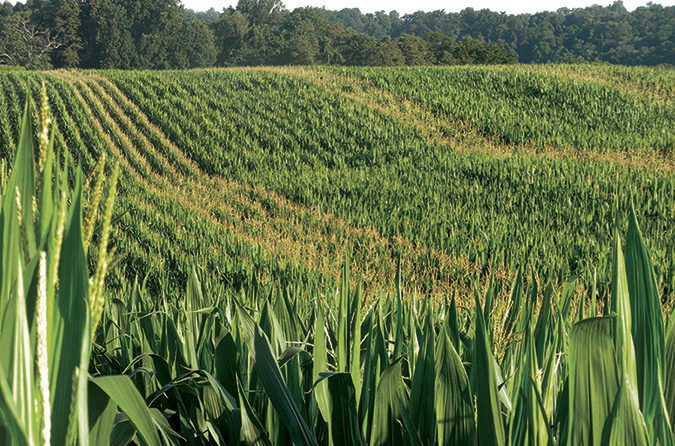No-Till Farmer
Get full access NOW to the most comprehensive, powerful and easy-to-use online resource for no-tillage practices. Just one good idea will pay for your subscription hundreds of times over.

One obstacle to cover-crop adoption in cooler northern climates has been the typically narrow window for getting covers quickly seeded and established after corn harvest to capture benefits to no-till soils.
But recent onfarm trials suggest the quality of short-season corn hybrids has vastly improved in the last decade. In fact, there may be an opportunity for no-tillers to harvest corn earlier — without losing yield, researchers say — and seed cover crops a few weeks earlier.
Both Penn State University researchers and Holtwood, Pa., no-tiller Steve Groff have found short-season corn yields have been competitive or even superior, in some situations, to longer-season hybrids. No-tillers could also benefit from crop pricing flexibility in addition to gaining the benefits of seeding cover crops.
Groff says corn growers could use earlier-maturing corn to spread out harvest and allow for easier management in terms of timing flexibility.
“I’m not saying no-tillers should do it on the whole farm,” he says. “This concept works together with cover cropping, because sometimes that window of time to seed is way too small and every day counts with cover crops.”
Last year on Groff’s Cedar Meadow Farms in southeastern Pennsylvania, T.A. Seeds corn hybrids with maturities ranging from 83 to 111 days were planted between April 16 and April 25. All plantings were replicated three times in 30-inch rows of 500 to 1,000 feet.
Plant populations were 32,000 seeds an acre for each hybrid. Fields were fertilized according to need.
As the hybrids matured…